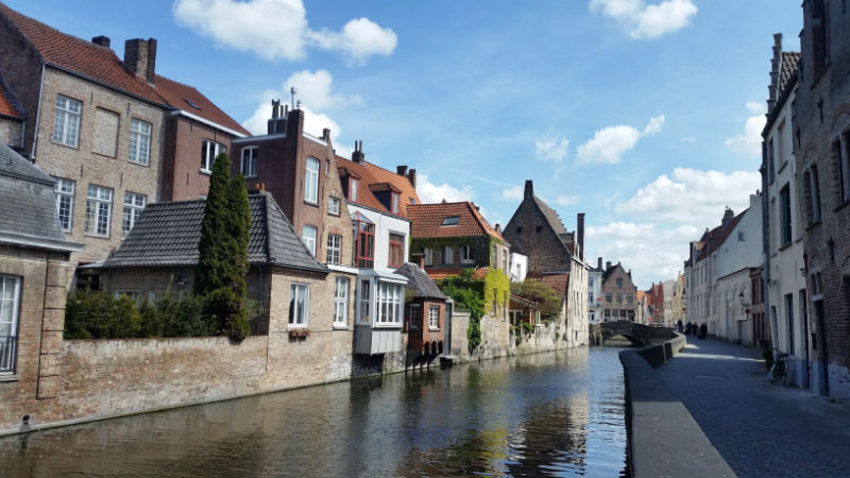I’ve been asked several times how much advance travel planning I do for my trips. Typically, I buy two tickets: one outbound and one return. Never do I arrive and depart from the same city as that would require wasted time backtracking. For example, on my first round the world trip, I bought a ticket from the US to Italy and my return from New Zealand to the US. On my second trip, I bought a ticket from the US to Malaysia and my return from Iceland to the US.
I buy those tickets in advance because they are the most expensive, and my departure and return dates are usually defined by work. The rest of the travel can be filled in as I go along. Both Europe and Asia have low cost air carriers with flights as cheap as $12. Even getting from Asia to Europe this time came at a very affordable $200 from Singapore to Athens.
The key is to be flexible. I don’t always know my plan in advance, and even if I do, I am open to change if I stumble across a good deal. I knew I wanted to go to Scandinavia this trip so I spent a good bit of time pricing flights from mainland Europe to northern Europe. I came across a flight from Gdansk, Poland to Stockholm, Sweden for $12. With that purchased, I began to plan my travel from Athens to Gdansk.
Naturally, I was somewhat skeptical about what a $12 flight would be like, but it turned out to be just like any other. Europe is filled with budget airlines, and they use promotional fares that get progressively more expensive as you get closer to the date of travel. If you can find that first cheap seat, you can fly for almost nothing.
For the return, I originally planned to take the train from Copenhagen to Amsterdam where I’d catch my flight to Iceland. It turned out, however, that the weekend I’d chosen for my arrival in Amsterdam was the King’s birthday, which is apparently one of the biggest festivals in the Netherlands. Hostel bunk beds in Amsterdam were pricing out at over $100 a night.
I also learned the distance between the two cities was greater than I expected, and the train trip from Copenhagen to Amsterdam was estimated to take 12 hours. I would have considered an overnight train, but I won’t do that when it requires changing trains in the middle of the night. Because of the distance, the ticket price was over $100 as well, so I began to look into cheap flights.
I looked at any airport within a short train ride of Amsterdam. It turns out Belgium is right next door and wasn’t celebrating a major holiday that weekend. For $16, I reduced my travel time by 10 hours and my costs by at least $85. To be forthcoming, these budget airlines often use remote airports far from the city center so you should remain vigilant during your booking. On more than one occasion, the bus trip from the airport to the city center was both longer and more expensive than the actual plane trip. Still, in the end, I saved money, and the hostels in Belgium were a fraction of the cost of those in Amsterdam.
That is how I ended up in Belgium, a place that had never been on my bucket list but knocked it out of the park as a destination. It is like Europe at a lower volume. While there are tourists, it is nothing on the scale of the larger European destinations, yet it boasts all the charm and beauty of the other European cities. Think of Belgium as a neighborhood of Europe.
I spent most of my time in Bruge because it was a perfect place to relax. All of the tourists pack into the few blocks around the central square so it is easy to enjoy the town outside the tourist perimeter. The canals and buildings are the same; you’re just sharing them with friendly locals instead. One day, I even rented a bike and rode, in less than two hours, to the north sea which separates Belgium and England by just 40 miles.
This unexpected highlight of my trip is why I recommend not over planning. There are always multiple opportunities when traveling, and most of my best memories come from things I had no idea existed prior to my departure.

